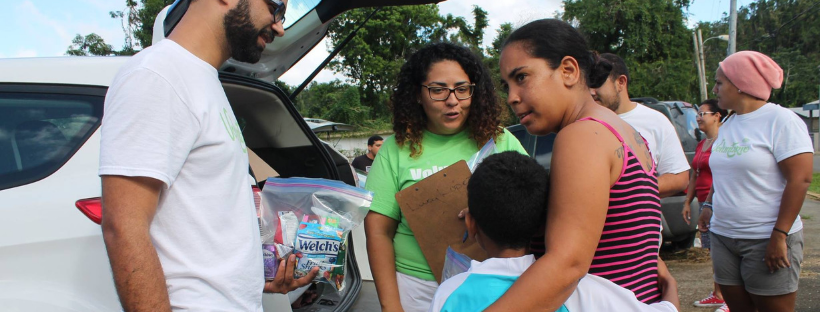
Sicómoro Inc. is a Christian based organization that started in 2005 in Barrio Obrero, Arecibo, Puerto Rico, and serves disadvantaged communities. This organization provides bible studies, educational workshops, and food and clothing banks. Sicómoro Inc. has worked with the communities of Puerto Rico before and after Hurricane María. Volunteers from Sicómoro helped after Hurricane María by cleaning homes, restoring access in roads, and distributing food and water. This organization also provides educational and recreational services for youth and children. Sicómoro Inc. promotes social values, build self-esteem and promotes activism and leadership in the youth by preparing them through involvement in the different programs and services. After Hurricane María, resources have become more limited and like other nonprofit organizations, Sicómoro is facing challenges with sustainability due to the economic crisis.
Help Puerto Rico Rebuild
Sicómoro Inc. is an excellent example of the impact Hurricane María had in local agencies in the Island, and how organizations have cope to serve their communities. One great way to support Puerto Rico is to continue to support a specific cause. To support Sicómoro Inc., you can visit their website, or you can visit “Con Puerto Rico en el corazón” (with Puerto Rico in our heart) to purchase a shirt-100% of the sales are used for their programs. Our organization, SISGI Group Beyond Good Ideas Foundation also has a Hurricane fund where you can donate and support Puerto Rico, US Virgin Islands, and the British Virgin Islands.
View the video below for an interview with Julio Gonzalez from Sicómoro Inc., and click here to watch the rest of the “Voices4PR” video series.
Versión En Español
Sicómoro Inc. es una organización de base cristiana que comenzó en 2005 en Barrio Obrero, Arecibo, Puerto Rico. Esta organización proporciona estudios bíblicos, talleres educativos, y maneja un banco de comida y un banco de ropa para la comunidad. Sicómoro Inc. ha trabajado con las comunidades en Puerto Rico antes y después del huracán María. Los voluntarios de Sicómoro ayudaron después del huracán María limpiando casas, restaurando el acceso a las carreteras, distribuyeron alimentos y agua a quienes lo necesitaban. Esta organización también ofrece servicios educativos y recreativos para jóvenes y niños. Sicómoro Inc. promueve los valores sociales, fomenta la autoestima, promueve el activismo y el liderazgo en la juventud al prepararlos a través de la participación en los diferentes programas y servicios. Como cualquier otra organización sin fines de lucro, el desafío de Sicómoro es la sostenibilidad debido a la crisis económica, y después de María, los recursos se han vuelto más limitados y los voluntarios necesitan apoyo.
Sicómoro Inc. es un excelente ejemplo del impacto que tuvo el huracán María en las agencias locales de la isla, y de cómo las organizaciones se las arreglan para poder servir. Una excelente manera de apoyar a Puerto Rico es continuar apoyando una causa específica. Hay muchas áreas en las que Puerto Rico necesita ayuda, y tal vez usted pueda brindar apoyo a través de conexiones y recursos que puedan satisfacer necesidades específicas. Para respaldar a Sicómoro Inc., puede visitar el sitio web o visitar ‘Con Puerto Rico en el corazón’ y donar. Nuestra organización, Sisgi Group BGI Foundation tiene un fondo para huracanes para donar y apoyar a Puerto Rico.

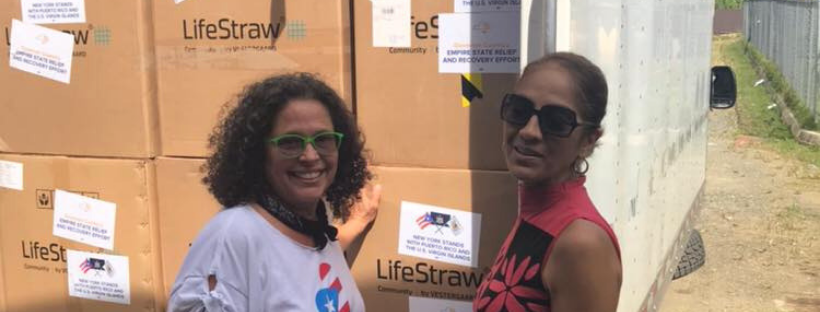
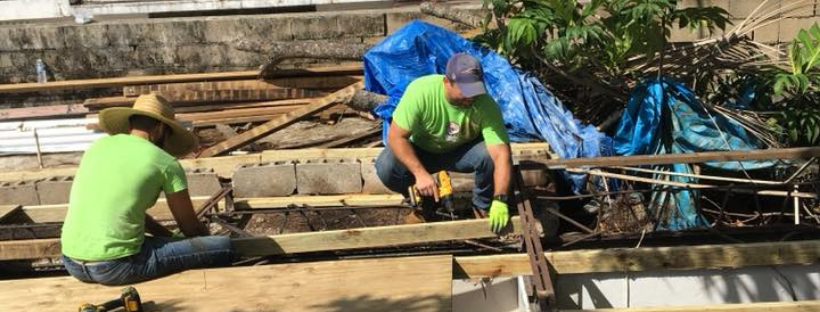
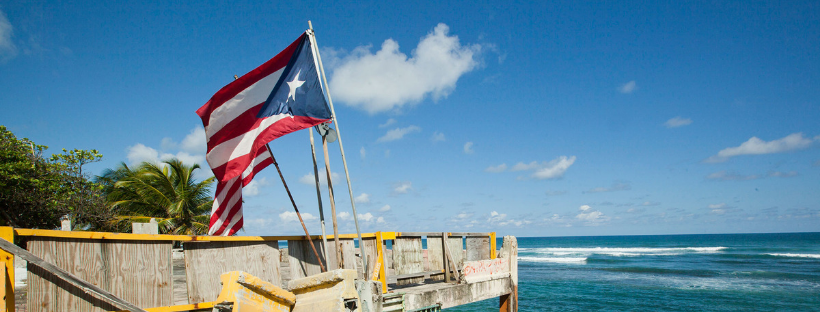

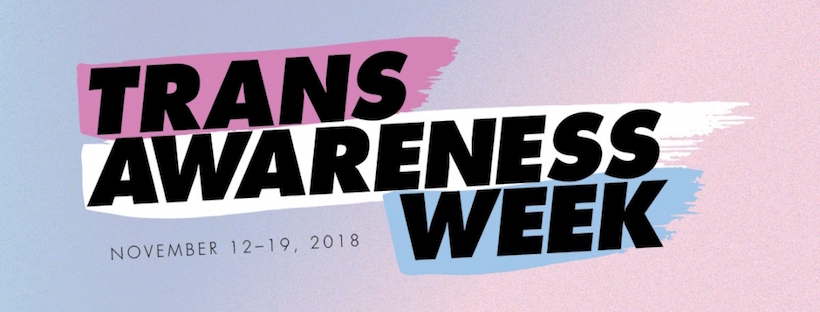
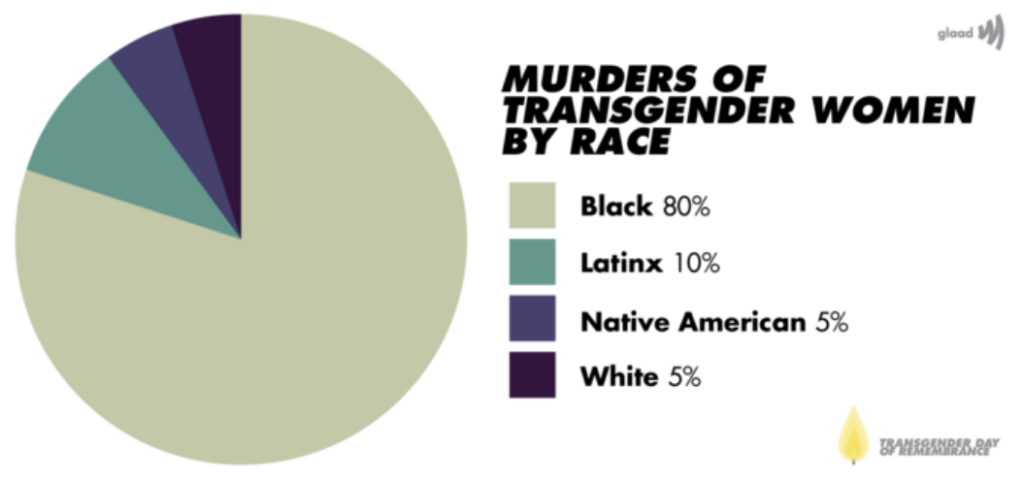
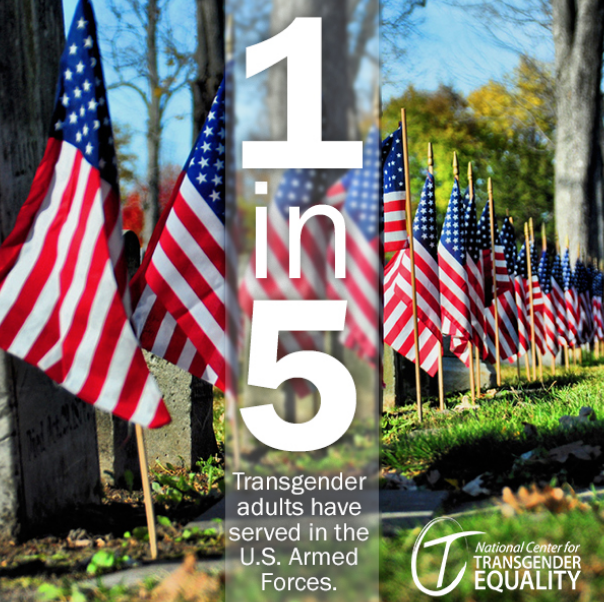 The current administration has opposed and at times attacked the rights of the LGBTQ+ population as a whole
The current administration has opposed and at times attacked the rights of the LGBTQ+ population as a whole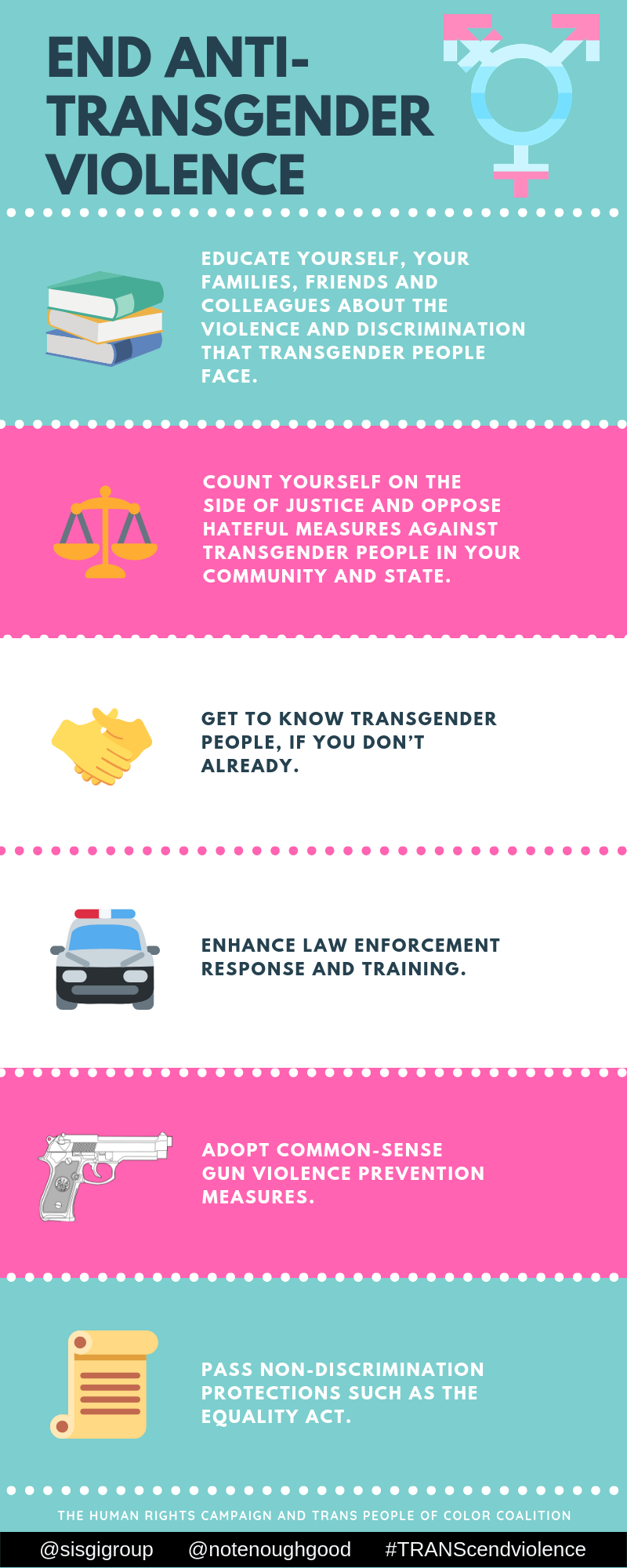

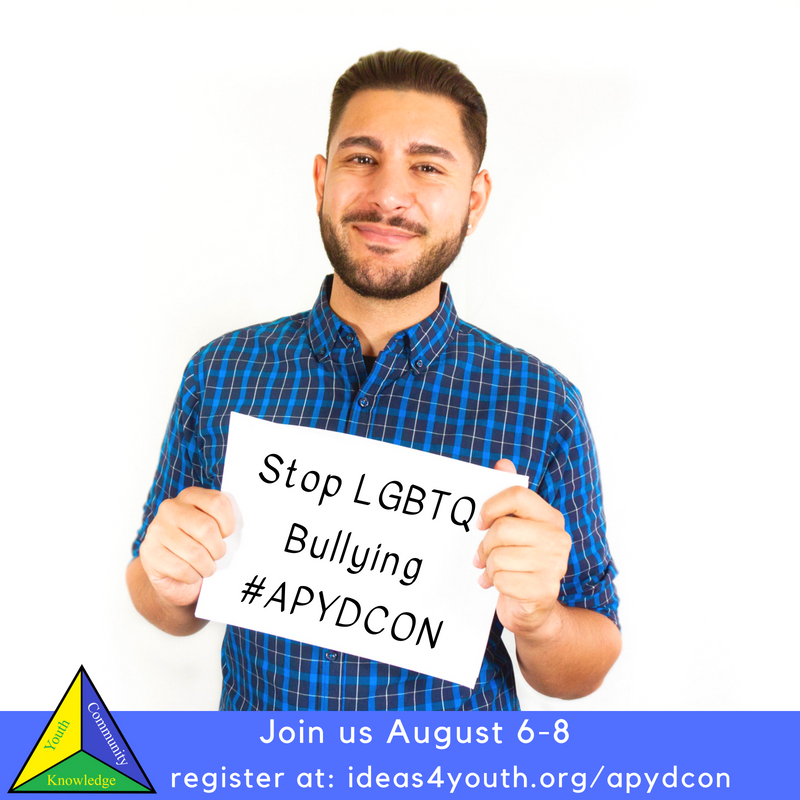 Why does learning about LGBT+ Bullying matter?
Why does learning about LGBT+ Bullying matter?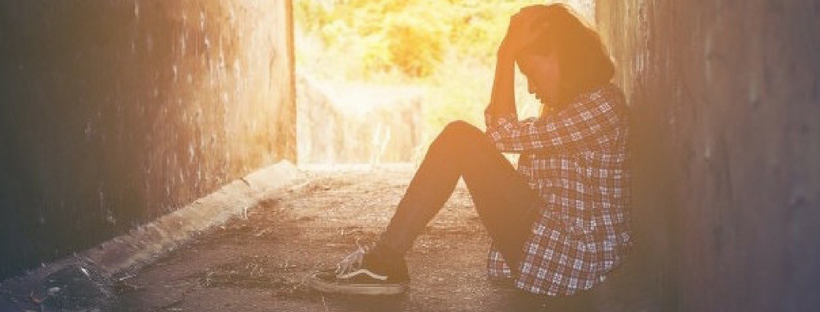
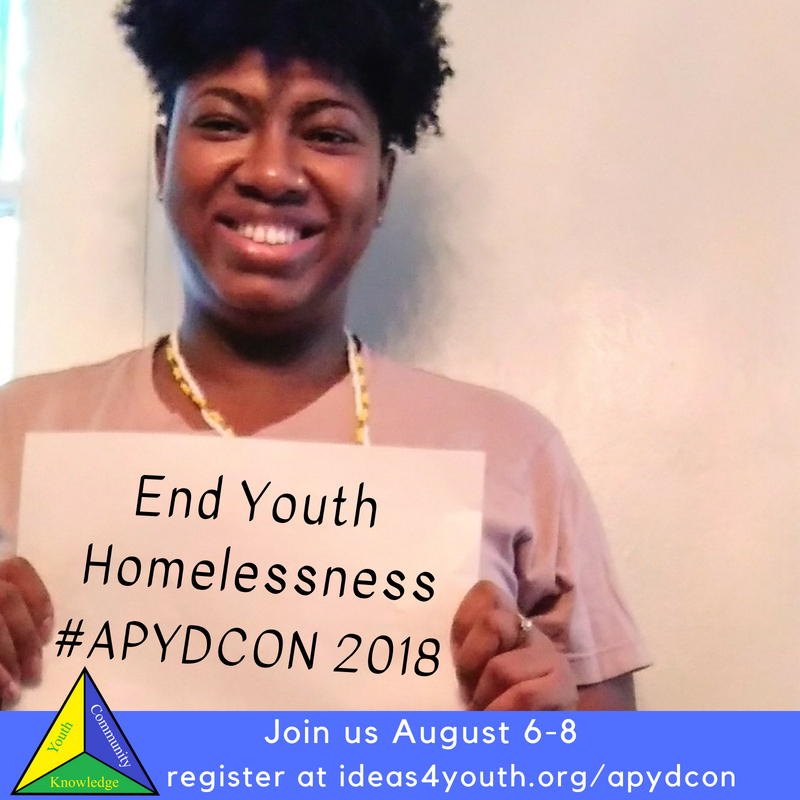 On August 7th, 2018, the
On August 7th, 2018, the  Before we get into an examination of emotional safety in the classroom, let’s talk about the brain’s
Before we get into an examination of emotional safety in the classroom, let’s talk about the brain’s 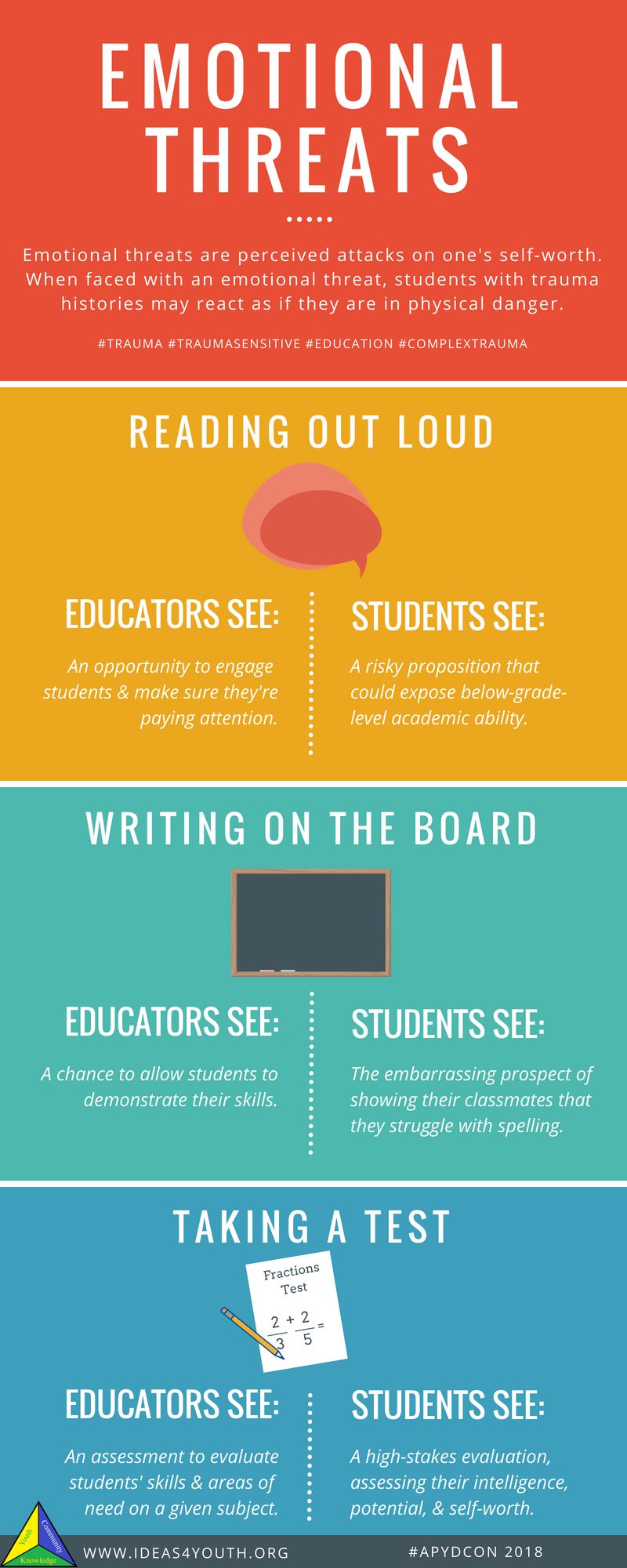

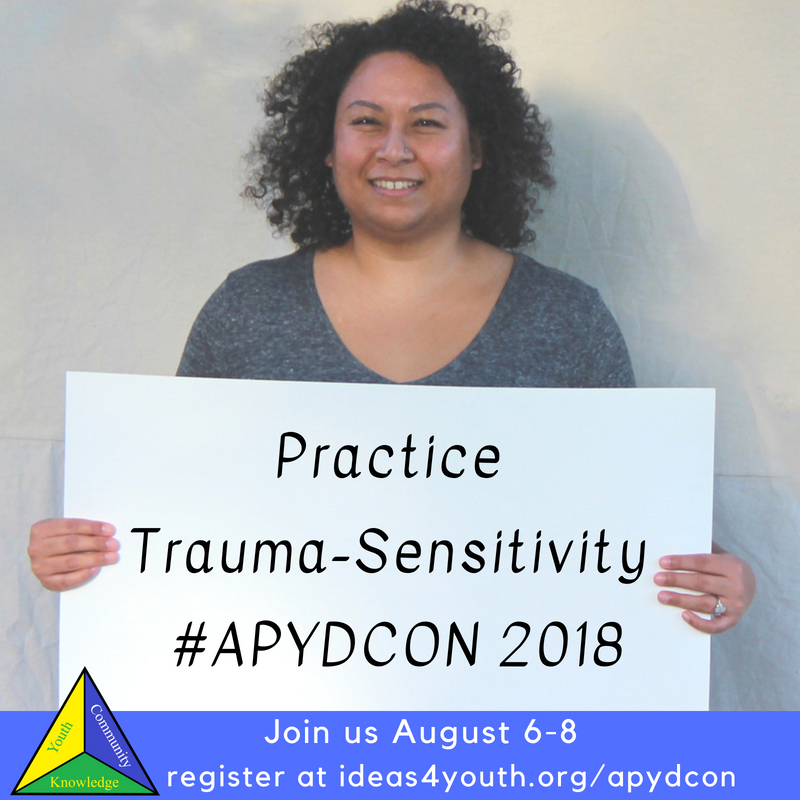 Why does trauma-sensitive education matter?
Why does trauma-sensitive education matter?
